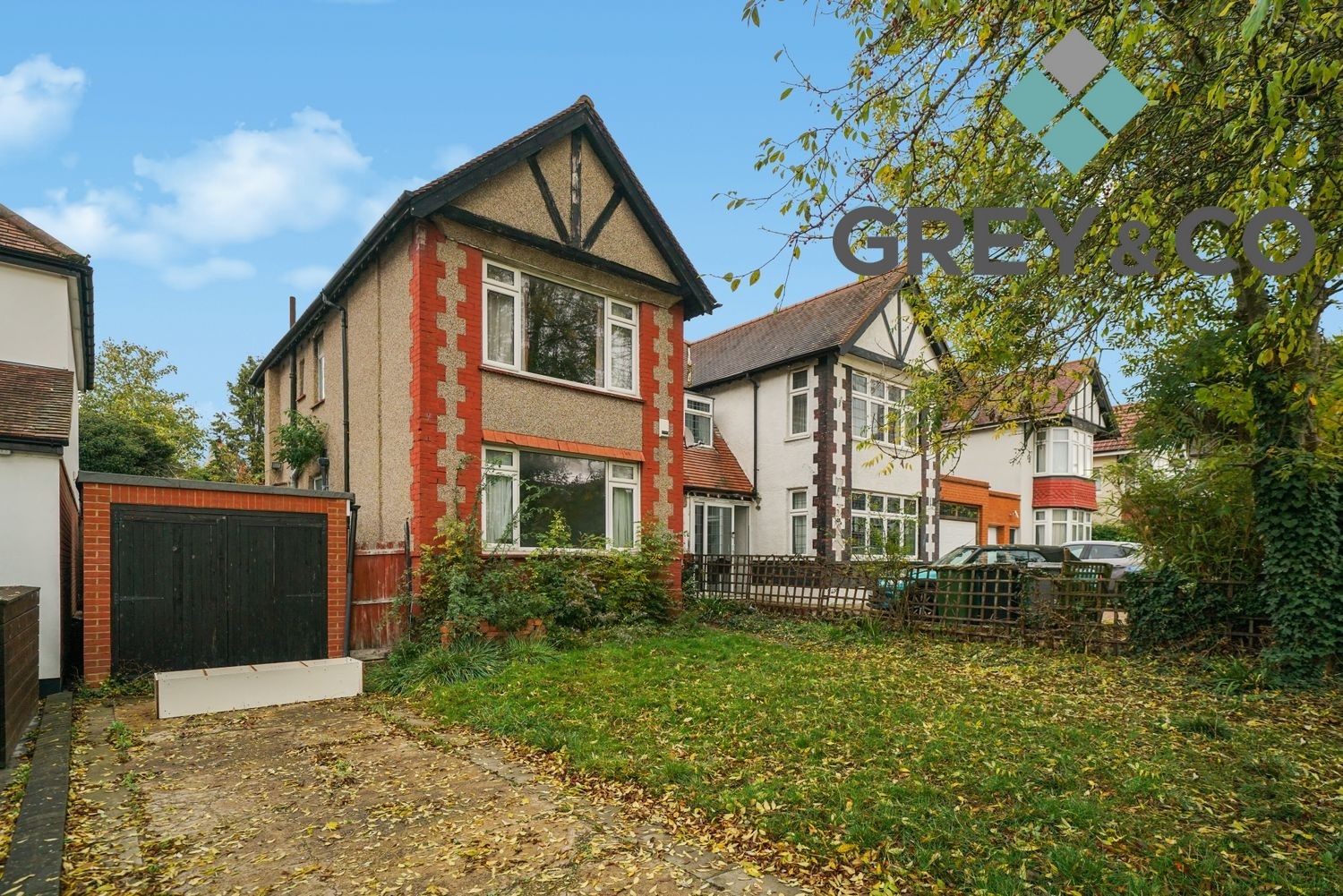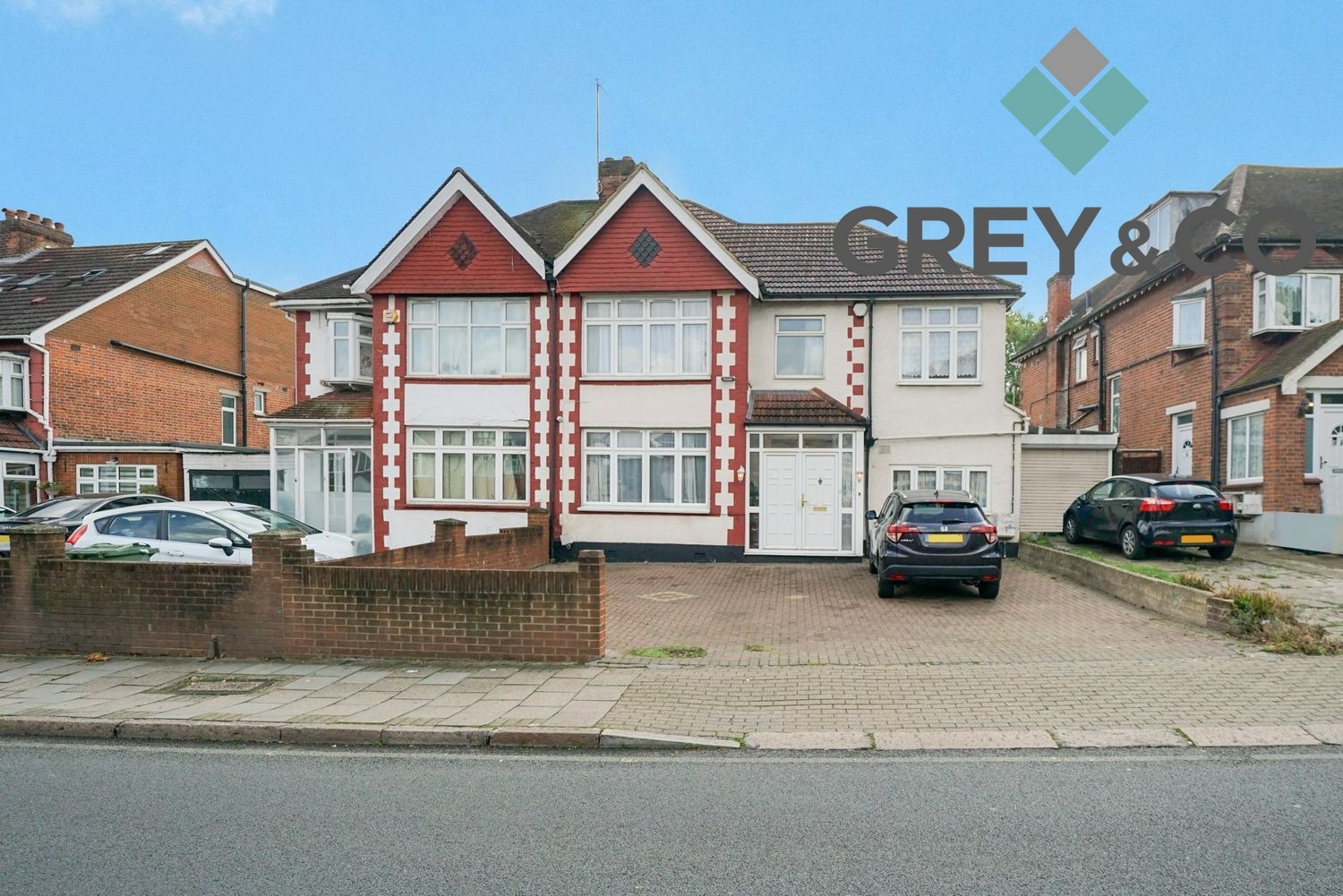The threat of Japanese Knotweed to your home
Japanese Knotweed has gained a fearsome reputation as an invincible and destructive weed that can threaten the value of properties within its reach. Historically, mortgage providers have been cautious about lending against affected properties. But what is the real threat level posed by this unkillable plant?

Japanese Knotweed is certainly invasive – and pervasive. The plant spreads extremely quickly and the smallest pieces of cut stem can take root, making the plant very difficult to kill off.
Knotweed’s negative impact on the environment, with native plants struggling to survive under its dense foliage, is not in question. However, a certain amount of hysteria appears to have amplified the plant’s ability to cause damage to residential buildings.
The latest Japanese knotweed research
Japanese knotweed or fallopia japonica is an invasive fast-growing plant that can send its roots deep into the ground and cause damage to building foundations, drainage systems and walls.
It’s an aggressive weed, first introduced into the UK in the mid-19th century, that has a bad reputation. If the plant is found near or in a property, it can significantly affect your ability to sell or for a buyer to get a mortgage. Treatment programmes are long and can cost thousands of pounds, plus the infestation can lie dormant for many years.
However, the UK Parliament’s Science and Technology committee report notes that the latest research on the weed released last year suggests the physical damage to property is no greater than that of other plants and trees that are not subject to the same controls.
Currently, any sign of Japanese knotweed nearby can have a ‘chilling’ effect on a property’s sale, the committee found. Yet, mortgage lenders in other countries do not treat the plant with the same degree of caution as we do in the UK.
Why the framework needs to be updated
Before 2012, it was very difficult to get a mortgage on a property that was anywhere near an outbreak of Japanese knotweed. To tackle this issue, the Royal Institute of Chartered Surveyors (RICS) set out a framework to help lenders assess the risk.
A surveyor will apply these categories to the property so that lenders can judge the severity of the knotweed problem. The higher the rating, the less likely a mortgage lender is to agree to a mortgage over the property.
Category 1 - Knotweed is found more than seven metres away in a neighbouring property, or an empty space like a railway bank or wasteland.
Category 2 - Knotweed is within seven metres of your property but not within it.
Category 3 - It is within the boundaries of the property but is not within seven metres from a living space. You will need a professional opinion.
Category 4 - The worst. It is within seven metres of the living space and/or causing damage to walls, paths or foundations. This needs immediate professional intervention.
The framework relies on the seven-metre rule to measure the scope of the problem. However, the parliamentary committee’s report says the origin of the widely used seven-metre rule was a ‘throw-away remark’ in a 1998 research paper. Indeed, RICS has admitted that the framework is ‘no longer current’, yet it still forms the basis of mortgage decisions.
Can you still get a mortgage on a property with a Japanese Knotweed problem?
Lenders, and the surveyors whose opinion a lender will be guided by, have definitely shown a softening approach to Japanese knotweed in the last couple of years.
Historically the mere mention of Japanese knotweed being in the vicinity of a property was enough for a lot of lenders to immediately decline an application. However, as there has been a more sophisticated understanding of Japanese knotweed and the treatments available, a much more flexible approach has now been taken by the majority.
So what’s the real risk with Knotweed?
Although its ability to damage residential buildings seems to have been exaggerated thanks to sensational news reports, its vigorous growth can affect the following areas of a property:
- Drains and other underground services can be disrupted by Knotweed roots
- Paved areas such as patios and pathways can be affected by Knotweed shoots growing through joints
- Garden walls with shallow foundations can be undermined by the weed
- Outbuildings such as greenhouses, sheds and even garages can be affected
- Conservatories can be affected in a similar way to outbuildings
- Gardens can be overrun by Knotweed, reducing the positive effects of a well-planned outdoor space
Even when the plant appears to have been cleared above ground, any sections of the plant can remain dormant underground. Regrowth can occur years after an initial treatment, so what’s the solution for homeowners faced with this pest?
Expert help
IN 2012, the Property Care Association (PCA) established the Invasive Weed Control Group to help people identify qualified, regulated specialists to help with infestations. Amateur attempts to remove the plant can easily make the problem worse, and professional solutions require a sustained approach over a number of years to completely remove the plant.
Responsibilities: buyers and sellers
Sellers
Sellers are legally obliged to check for the presence of the weed on their property. If found to be present, this must be marked on the TA6 property information form. Any attempt to hide the existence of Knotweed on a property could result in being sued.
It is the seller’s responsibility to provide an appropriate management plan for dealing with the infestation using an approved contractor (see Invasive Weed Control Group mentioned above). These firms should be able to offer a warranty, protected by an independent insurer, for the eradication work they undertake.
This provides both seller and buyer with peace of mind, knowing that a full course of treatment has been committed to.
Buyers
The buyer’s surveyor will assess the impact level of any Japanese Knotweed infestation on, or around, a property, based on the RICS report mentioned above.
A lender will typically want to know the details on the location, severity and treatment in place for any Japanese knotweed highlighted. As such, if these details are available upfront an intermediary can approach the lender and surveyor’s pre-application to ensure they would be comfortable with this.
So – if you find this Japanese Knotweed on your property or are hoping to buy a home and have had it turn up in the survey, don’t panic. Get expert advice and take action. We’re here to help any way we can, simply get in touch.



